Showing 1-20 of 26 results
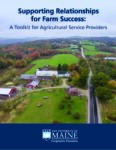
Supporting Relationships for Farm Success
It is not uncommon that the barriers to implementing changes on the farm are not related to production or marketing but rather interpersonal or "non-technical" issues like effective communication, decision-making, goal setting and time management. This toolkit was created by Dr. Leslie Forstadt, University of Maine Cooperative Extension, and Abby Sadauckas, Apple Creek Farm, as […]
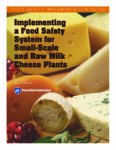
Implementing a Food Safety System for Small-Scale and Raw Milk Cheese Plants
The purpose of this guide is to assist small-scale and raw milk cheesemakers in conducting Hazard Analyses of their processes to ensure they are producing the safest product possible and to meet the requirements of the Food Safety Modernization Act (FSMA). The author, Dr. Kerry E. Kaylegian of the Pennsylvania State University, created this resource […]
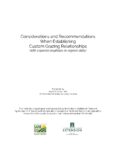
Considerations and Recommendations When Establishing Custom Grazing Relationships
This guide and set of recommendations are intended for organic dairy farmers and other livestock graziers interested in starting a custom grazing relationship with a neighboring farmer or landowner. Successful custom grazing can provide or increase grazing acreage for those farmers who need it and can also provide opportunities for smaller, beginning, leased, and diversified […]
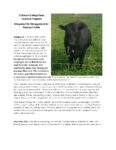
Integrated Fly Management for Pastured Cattle
In grazing systems, flies can not only be a nuisance for cattle but can also cause herd health problems like pink eye, and reduce milk production and weight gain. Matt Steiman, livestock manager at Dickinson College Farm worked with Dr. Jason Smith, entomologist and horticultural specialist at Milton Hershey School to develop this fact sheet […]
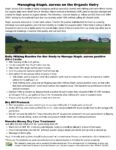
Managing Staph aureus on the Organic Dairy
Staphylococcus aureus is a bacterium that causes mastitis in dairy cattle. Staph aureus mastitis is highly contagious and can easily spread among the herd. Organic dairy farmer Katie Webb Clark conducted a Northeast SARE Farmer Grant project to test milking hygiene and preventative management protocols used in the U.S. and New Zealand, trialed Manuka honey […]

Cornell Soil Health Assessment
The Cornell soil health assessment was created to help farmers develop appropriate management solutions to build healthy soils. Focusing on soil health helps improve productivity, reduces the need for external inputs, and increases a farm's resilience to extreme weather events.
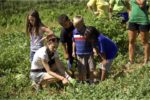
Vermont Food Education Every Day
Includes guides for farmers and food service personnel working to increase local food in schools.
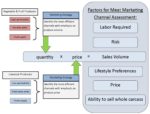
Livestock Marketing Channel Assessment Tool
This tool provides livestock producers with a way to identify the most profitable marketing channels.
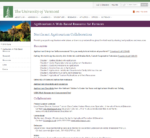
Northeast Agritourism Collaboration
This Northeast Agritourism Collaboration website, hosted by the University of Vermont, supports farmers and ranchers interested in entering the agritourism business by sharing best practices and resources available in the Northeast.
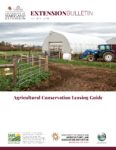
Agricultural Conservation Leasing Guide
This bulletin, authored by Sarah Everhart of the University of Maryland Francis K. Carey School of Law, provides guidance to farmers, landowners and agricultural service providers interested in lease agreements to help implement stewardship planning and conservation practices on leased land. The publication describes many popular conservation programs and considerations for how they might be […]
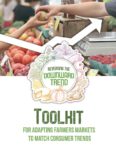
Reversing the Downward Trend
Farmers across the Northeast have reported decreases in consumer participation at farmers' markets and reduced sales. This toolkit was developed as a result of survey research that looked at consumer perceptions of shopping at farmers' markets. The publication provides information on marketing strategies and services aimed to help farmers' market managers and farmers understand what […]
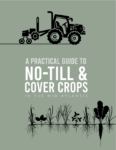
A Practical Guide to No-Till and Cover Crops in the Mid-Atlantic
No-till and cover crops are among the most cost effective tools to reverse soil and carbon loss and improve soil health; the economic, agronomic and environmental benefits of these practices are well known within the farming community. Transitioning from conventional farming to no-till, and incorporating the use of cover crops, requires a higher level of […]
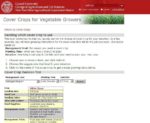
New York Cover Crops Decision Tool
This is an online tool to help you quickly narrow the choices of cover crop for your situation. In a few seconds, you will have growing instructions for the cover crop that will do the job you need. Access the Cover Crops Decision Tool now. It is designed for the soil, climate, cropping practices and […]
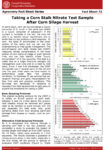
Nutrient Management in Corn Production
The following Cornell University agronomy fact sheets were developed during a 2009 SARE grant to help farmers and educators better evaluate nutrient cycling in corn production, thereby equipping them with information to make improved whole-farm management decisions: Illinois Soil Nitrogen Test for Corn, fact sheet 36 Fine-Tuning Nitrogen Use on Corn, fact sheet 63 Adaptive […]

New Jersey Ethnic Demographics Map for Marketing Ethnic Produce
With funding from Northeast SARE, Rutgers University State SARE staff and their team worked to develop this interactive map to help inform ethnic crop production. The map couples demographic information of ethnic populations with crops that can be grown in New Jersey to market to specific geographical areas. The map makes use of publicly available […]

Crediting Cover Crops and Soil Organic Matter in a Variable Rate Nitrogen Fertilizer Prescription
Crop growth depends on available nitrogen (N) in the soil, much of which comes from mineralization of soil organic matter and other organic residues, such as cover crops. The amount of mineralized N available to a crop depends on several biological and environmental factors such as temperature, moisture, soil texture, the total quantity of organic […]
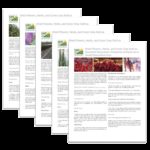
Dried Flowers, Herbs and Cover Crops Sold as Seasonal Decoration
Monica Drazba of Chickadee Creek Farm in Pennington, New Jersey conducted a Northeast SARE Farmer Grant to study the production costs, required labor, marketability, and profitability of growing specialty cut flowers and grasses specifically for wreath production. As a result, she created a series of five fact sheets, below, that contain an analysis of the […]
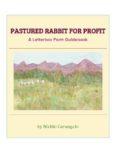
Pastured Rabbit for Profit
Pastured Rabbit for Profit is a guide written by New York farmer Nichki Carangelo. It is a practical resource intended to guide farmers through the start-up phase of a pasture-based rabbitry. It includes a full enterprise budget along with housing plans, sample breeding schedules, feed guidelines and other rabbit husbandry basics. Chapters include:
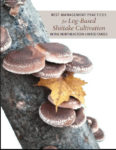
Log-Based Shiitake Cultivation
A 57-page guide to producing these gourmet mushrooms.
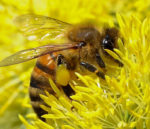
Native bees and flowering cover crops
While managed colonies of European honey bees are most frequently used for crop pollination, wild or native bees commonly provide the same pollination services for ‘free’ without the costs of renting or maintaining honey bee hives.